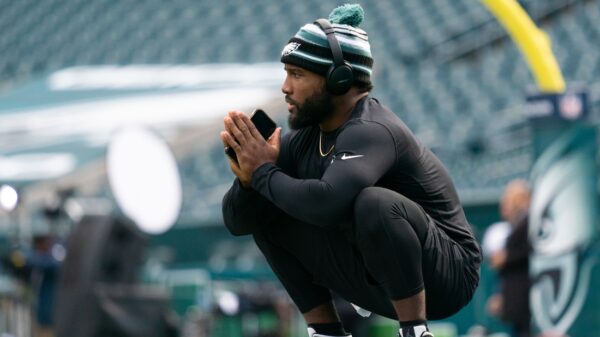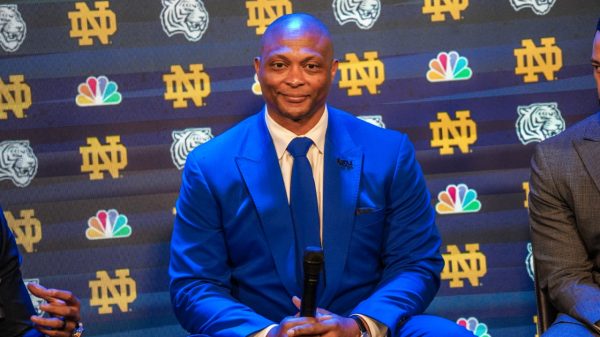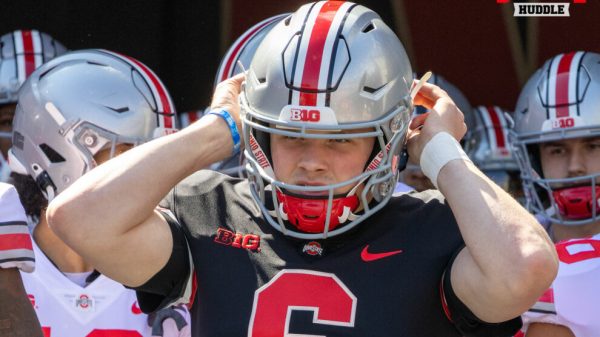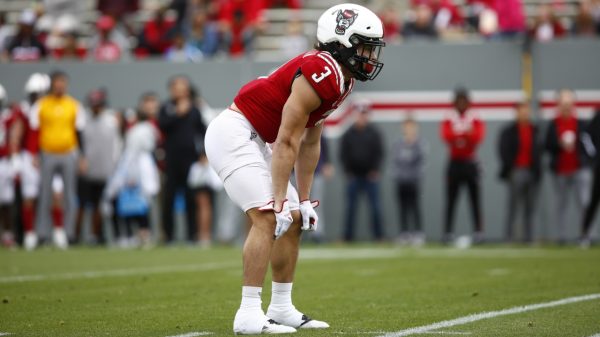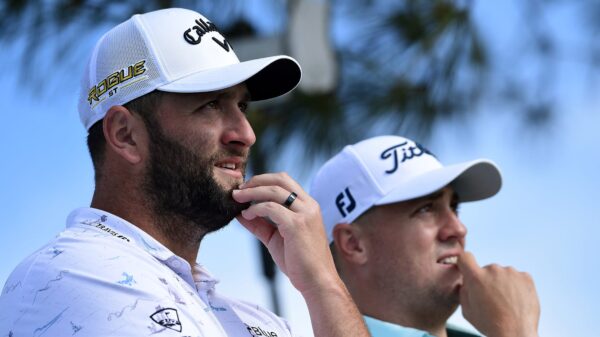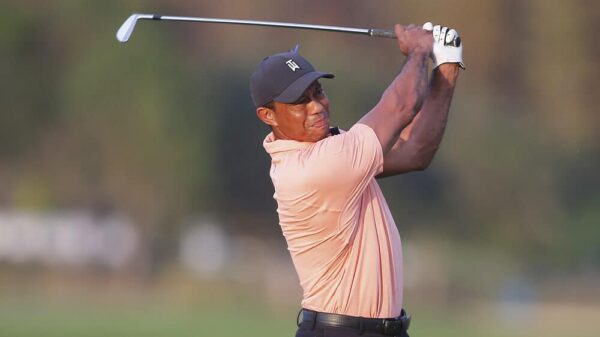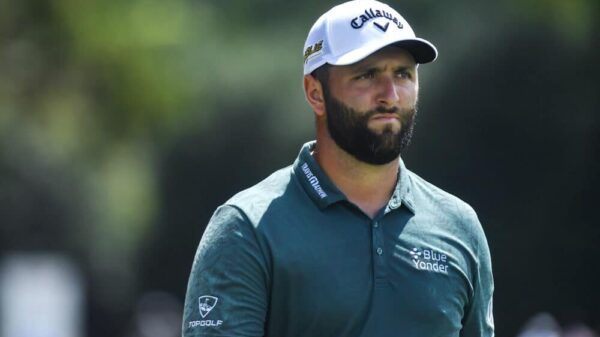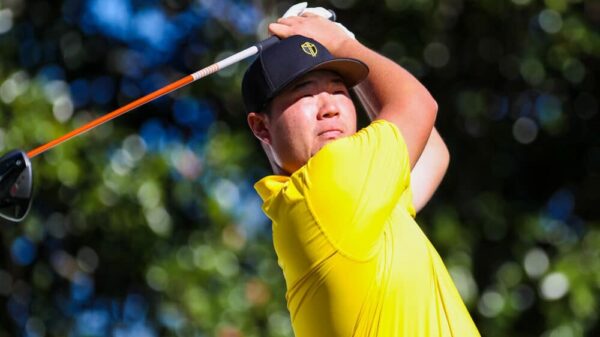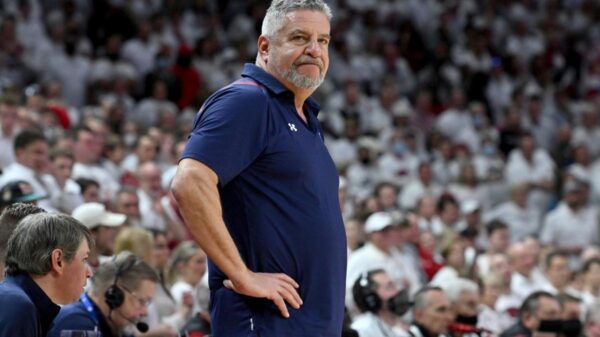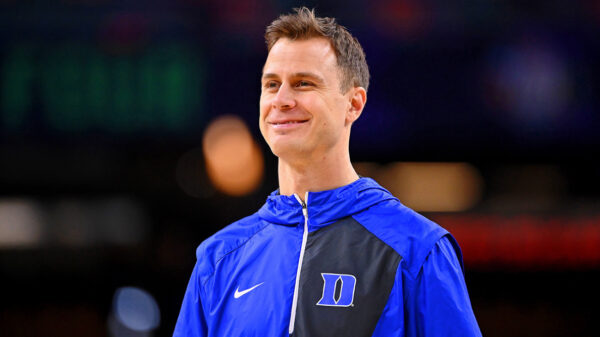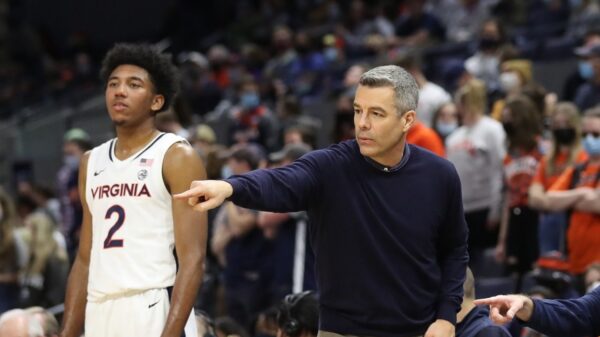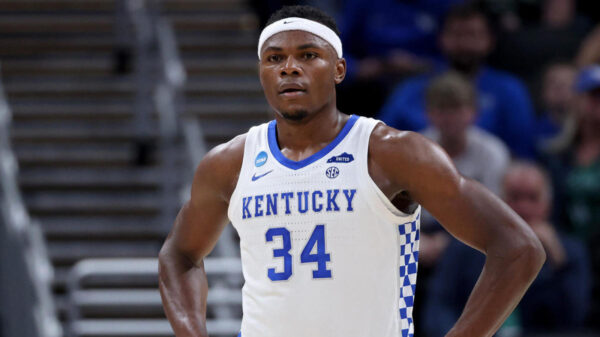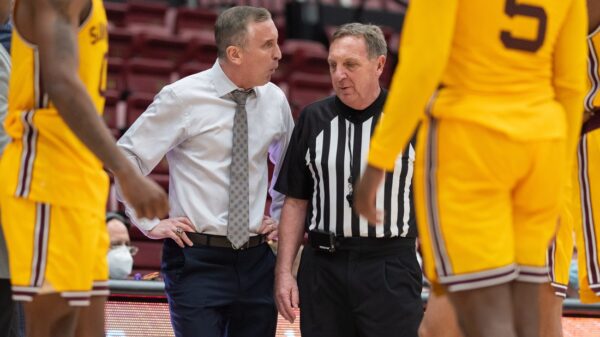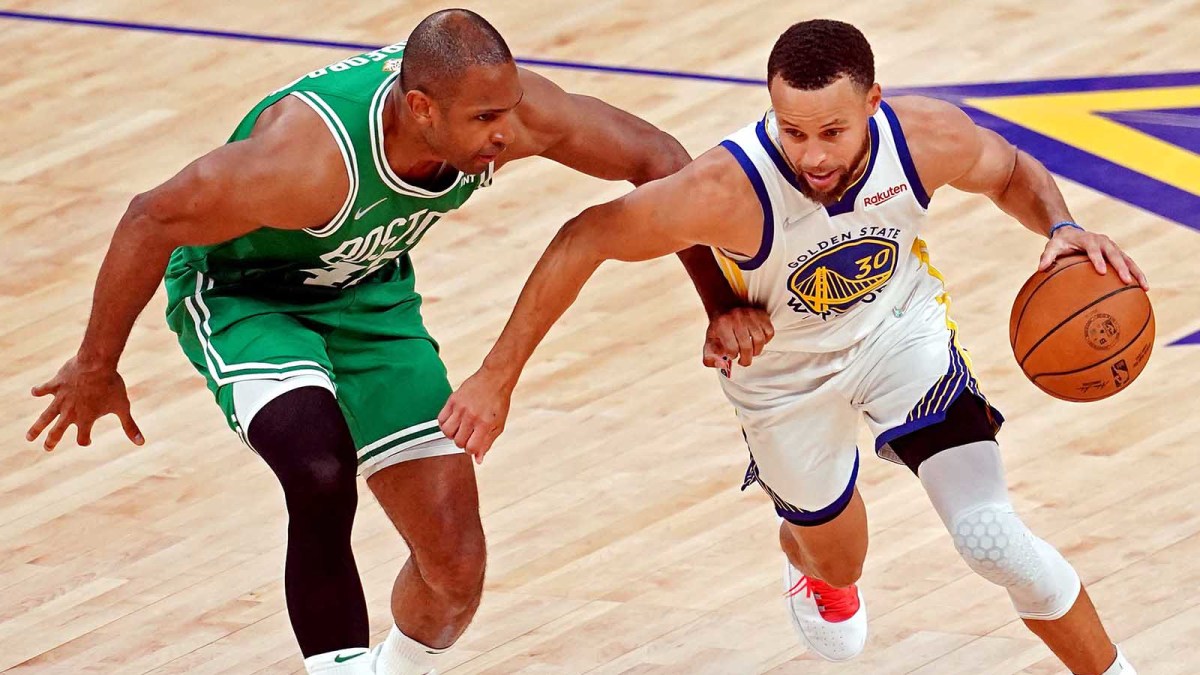All these years, playoff series and individual matchups later, there is still no solution for Steph Curry, the most unique, transcendent superstar basketball has seen in at least 25 years. On paper, his current opponent has a defense that should be able to make life less comfortable than most can, though.
The Celtics are built to short-circuit much of the spontaneity that makes him and the Warriors so singular. Through the first two games of these NBA Finals, they’ve managed to do just that, here and there, but Boston’s total body of work against the greatest shooter who’s ever lived leaves quite a bit to be desired.
In search of his first Finals MVP, Curry is averaging 31.5 points, 5.5 rebounds and 4.5 assists per game. He has six steals and four turnovers. His shooting splits are 45.7/46.2/81.8. When he’s been on the floor, Golden State’s offensive rating is a sizzling 120.6. When he sits, it plummets to 90.0, a number the Thunder can laugh at. All of this is over a two-game sample size, but it’s still ridiculous.
Unlike previous battles against Kevin Durant, Giannis Antetokounmpo and Jimmy Butler this postseason, Boston can’t rely on its elite individual defenders to get physical, contest shots and induce isolation basketball. Curry demands more, often requiring (at least) two Celtics to work in tandem, be it guarding a pick-and-roll or chasing Curry off screens on the weakside. Impeding his progress requires a delicate balance, too–dedicate too much energy toward stopping Curry and other Warriors will kick a hole in the door you’ve left ajar.
Here’s a look at how the Celtics are trying to keep the two-time MVP in check, and some different ways Curry is still managing to have his way.

